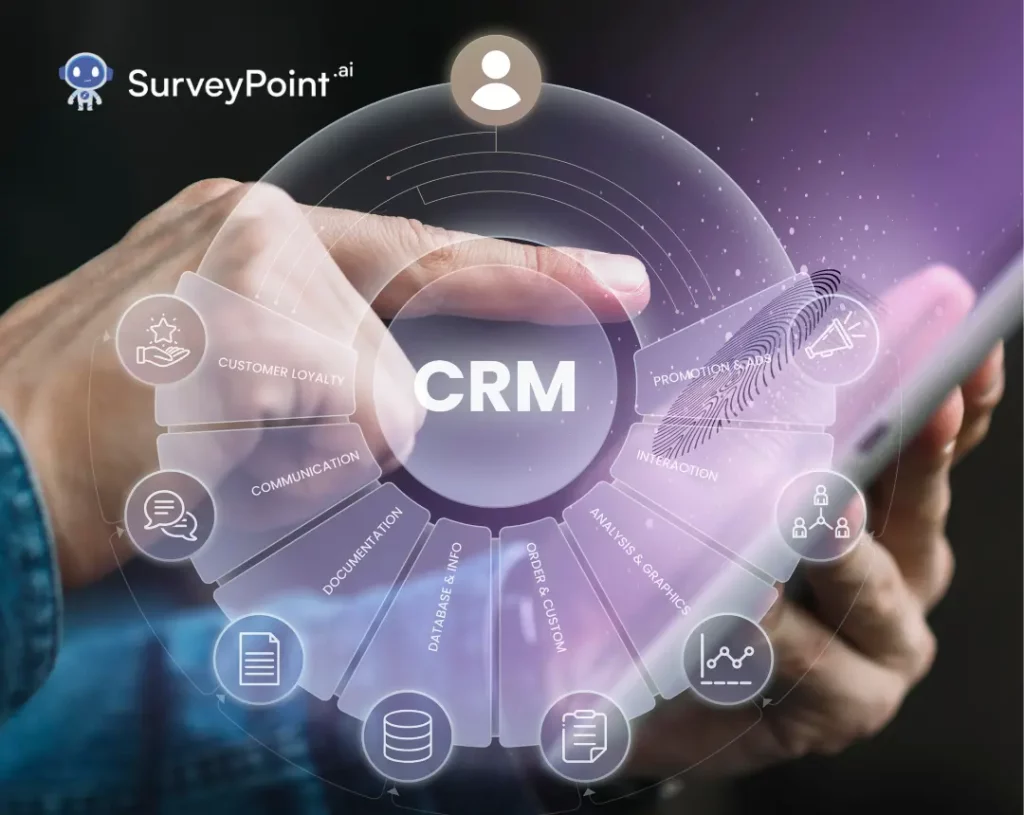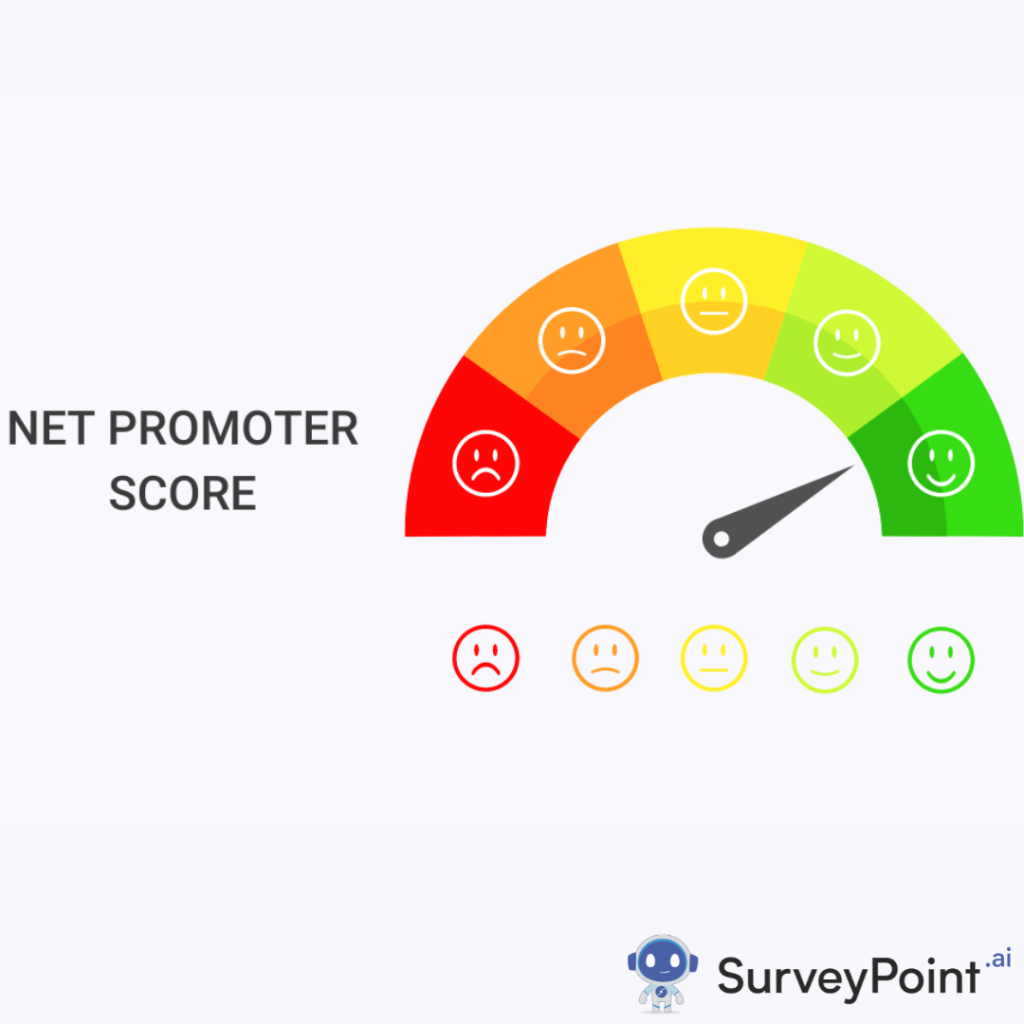
Customer Relationship Management (CRM) has become a linchpin in the modern business landscape, transforming the way organizations approach customer interactions and satisfaction. At its core, CRM is more than just a suite of technologies; it represents a strategic approach that places the customer at the forefront of business operations.
In this comprehensive exploration of CRM, we will navigate through its fundamental concepts, unravel the manifold benefits it brings to businesses, dissect its key components, explore diverse types of CRM technologies, dissect the challenges encountered in CRM implementation, and finally, draw insightful conclusions.
Why CRM Benefits Businesses
The adoption of CRM isn’t merely a trend; it’s a strategic imperative that can redefine how businesses engage with and understand their customer base. A pivotal advantage of CRM lies in its capacity to provide a 360-degree view of customers. By consolidating customer information, businesses can gain profound insights into individual preferences, behaviors, and needs. This holistic understanding empowers organizations to tailor their products and services, cultivating stronger customer loyalty.
Moreover, CRM systems serve as the linchpin for internal communication within organizations. The synergy between sales, marketing, and customer service teams becomes seamless, fostering a collaborative environment where insights are shared effortlessly. This not only streamlines internal processes but also contributes to a more consistent and personalized customer experience.
Components of CRM
Customer Relationship Management (CRM) is a strategy and set of technologies designed to manage and analyze customer interactions throughout the entire customer lifecycle. CRM systems help businesses build and maintain strong customer relationships. The components of CRM can vary depending on the specific needs and goals of an organization, but generally, they include the following:
Customer Data Management:
- Customer Information: Centralized storage of customer data, including contact details, purchase history, preferences, and interactions.
- Data Integration: Integration with other systems and databases to ensure a comprehensive view of customer information.
Sales Automation:
- Contact and Lead Management: Tracking and managing leads, contacts, and opportunities.
- Sales Forecasting: Analyzing data to predict sales trends and outcomes.
Marketing Automation:
- Campaign Management: Planning, executing, and tracking marketing campaigns.
- Email Marketing: Sending targeted and personalized emails to customers and leads.
- Customer Segmentation: Dividing customers into groups based on specific characteristics for targeted marketing.
Customer Service and Support:
- Ticketing System: Managing and tracking customer issues and inquiries.
- Knowledge Base: Providing a repository of information to help customers find answers to common questions.
- Service Level Agreement (SLA) Monitoring: Ensuring that customer service meets predefined standards.
Analytics and Reporting:
- Performance Metrics: Monitoring and analyzing key performance indicators (KPIs) related to customer interactions and sales.
- Dashboards: Visual representations of data to aid decision-making.
Workflow Automation:
- Process Automation: Streamlining and automating repetitive tasks and processes.
- Task Management: Assigning and tracking tasks related to customer interactions.
Social Media Integration:
- Monitoring: Tracking mentions and interactions on social media platforms.
- Engagement: Interacting with customers on social media channels.
Mobile CRM:
- Mobile Access: Providing access to CRM functionalities on mobile devices.
- Location-Based Services: Utilizing location data for targeted marketing or service offerings.
By effectively implementing these components, organizations can enhance their customer relationships, improve customer satisfaction, and streamline their business processes. The specific features and functionalities may vary across CRM platforms and solutions.
Types of CRM Technology
CRM technology is not one-size-fits-all; rather, it encompasses a spectrum of solutions catering to diverse business needs. From on-premise CRM systems to cloud-based solutions, and from operational to analytical CRM, businesses can choose from a plethora of options based on their specific requirements.
Customer Relationship Management (CRM) technology encompasses a range of tools and platforms designed to help businesses manage and analyze their interactions with customers. Here are five types of CRM technology:
- Operational CRM:
- Purpose: Streamlining day-to-day business processes that involve customer interactions.
- Features: Sales automation, marketing automation, and service automation.
- Examples: Salesforce, HubSpot, and Zoho CRM.
- Analytical CRM:
- Purpose: Analyzing customer data to identify patterns, trends, and insights for informed decision-making.
- Features: Data mining, business intelligence, and reporting tools.
- Examples: Microsoft Dynamics 365, SAP CRM Analytics, and Oracle Analytics Cloud.
- Collaborative CRM:
- Purpose: Facilitating communication and collaboration among various departments within a company to enhance the overall customer experience.
- Features: Shared customer databases, communication tools, and integrated workflows.
- Examples: Nimble, Pipedrive, and SugarCRM.
- Strategic CRM:
- Purpose: Aligning CRM strategies with overall business goals and objectives.
- Features: Long-term customer engagement planning, customer segmentation strategies, and customer loyalty programs.
- Examples: Insightly, Creatio, and bpm’online.
- Campaign Management CRM:
- Purpose: Planning, executing, and tracking marketing campaigns to target specific customer segments.
- Features: Marketing automation, lead management, and campaign analytics.
- Examples: Marketo, Mailchimp, and Act-On.
CRM Challenges
While the benefits of CRM are substantial, businesses often encounter challenges in the implementation and utilization of CRM systems. These challenges can range from issues related to data quality and integration to user adoption and resistance to change.
Implementing and maintaining a Customer Relationship Management (CRM) system can pose several challenges for businesses. Here are five common CRM challenges:
Data Quality and Integration:
- Challenge: Ensuring accurate, up-to-date, and consistent data across all customer touchpoints.
- Issues: Incomplete or outdated information, data silos, and difficulties integrating CRM with other business systems.
- Impact: Inaccurate insights, poor decision-making, and diminished user trust in the CRM system.
User Adoption:
- Challenge: Getting employees to embrace and effectively use the CRM system.
- Issues: Resistance to change, lack of training, and a perception that CRM is time-consuming.
- Impact: Underutilization of CRM capabilities, reduced productivity, and limited return on investment.
Customization and Complexity:
- Challenge: Tailoring the CRM system to meet specific business needs without creating unnecessary complexity.
- Issues: Over-customization leading to maintenance challenges, complex workflows, and difficulties in scaling.
- Impact: Increased implementation and maintenance costs, potential system instability, and user confusion.
Integration with Other Systems:
- Challenge: Ensuring seamless integration between the CRM system and other business applications.
- Issues: Compatibility issues, lack of standardized data formats, and difficulties in syncing data between systems.
- Impact: Incomplete data visibility, disjointed business processes, and inefficiencies in cross-functional operations.
Costs and ROI Measurement:
- Challenge: Managing the costs associated with CRM implementation, customization, and ongoing maintenance.
- Issues: Unexpected expenses, difficulty in quantifying the return on investment (ROI), and challenges in justifying costs to stakeholders.
- Impact: Budget overruns, potential dissatisfaction with the perceived value of the CRM system, and reluctance to invest in future upgrades.
Addressing these challenges requires a combination of strategic planning, effective change management, ongoing training, and a commitment to maintaining data quality. Businesses should carefully evaluate their specific needs and challenges to select and implement a CRM solution that aligns with their goals and processes. Regularly reassessing and optimizing the CRM strategy can help overcome these challenges and ensure the system continues to meet the evolving needs of the organization.
Conclusion
In conclusion, Customer Relationship Management stands as a linchpin in contemporary business strategy. Its transformative impact on customer interactions, internal collaboration, and data-driven decision-making underscores its indispensability in the digital age. While the road to effective CRM implementation may pose challenges, the rewards in terms of customer satisfaction, loyalty, and organizational efficiency are immeasurable.
As businesses continue to evolve, embracing CRM as not just a technology but a strategic philosophy will undoubtedly be a defining factor in their success.




